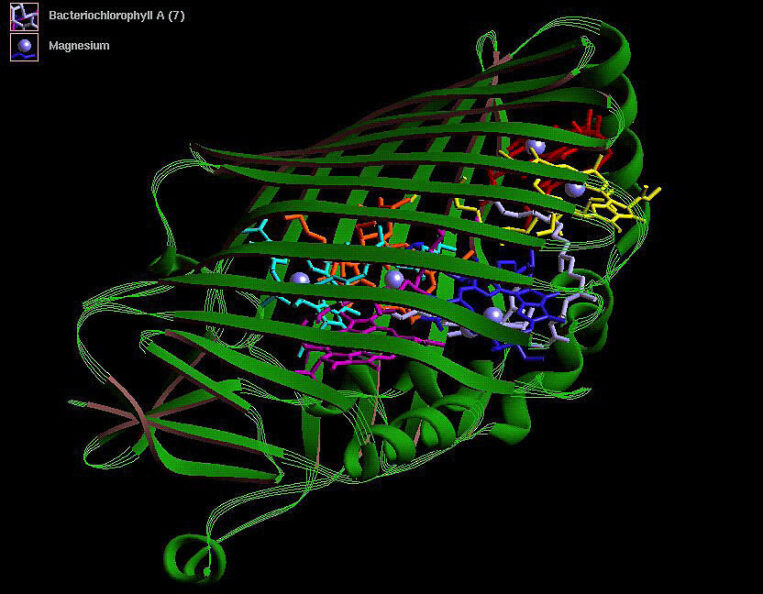Microsoft Researchers Identify Biological Zero-Day Vulnerability in DNA Screening
Introduction to the Discovery
On Thursday, Microsoft researchers revealed a potentially critical flaw in the biosurveillance systems designed to monitor and control the risks associated with synthetic biology. This vulnerability, dubbed a "biological zero-day," pertains to the screening mechanism that assesses DNA sequence purchases for potentially dangerous toxins and viruses. The researchers caution that this system is becoming increasingly inadequate in detecting AI-generated toxins, which could pose a significant threat to public safety.
Understanding Biological Threats
Biological threats manifest in various forms, primarily through pathogens, protein-based toxins, and chemical substances produced from enzymatic reactions. Well-known examples include ricin, a deadly toxin linked to the infamous 2003 letters sent to the White House, and phycotoxins associated with harmful algal blooms like red tide. At the heart of these biological threats lies a fundamental process: DNA is transcribed into RNA, which subsequently assembles proteins.
In recent years, acquiring synthetic DNA sequences has become as simple as placing an order online. Companies specialize in synthesizing these sequences and delivering them directly to customers. Recognizing the potential risks involved, governments and industry stakeholders have instituted screening protocols that analyze these sequences for known threats. Any sequence identified as a potential danger is flagged for human assessment before being approved.
The Evolving Threat Landscape
Historically, biosurveillance programs have adapted to emerging threats by continuously refining their screening processes. Initially reliant on direct comparisons to known dangerous DNA sequences, these systems have evolved to recognize various DNA variants capable of encoding the same harmful proteins. This adaptability has allowed for more comprehensive monitoring and intervention efforts.
However, researchers now contend that the proliferation of AI technologies is creating new challenges for these existing systems. As AI becomes more adept at designing proteins, the potential for novel toxins that escape current screening measures increases.
"The sophistication of AI-designed proteins could outpace our current biosurveillance capabilities," one researcher remarked, highlighting concerns that these synthetic threats may not trigger existing alarms.
The Implications of AI-Designed Toxins
The implications of AI-designed biological threats could be severe, as they may leverage advanced engineering techniques that traditional monitoring systems simply cannot detect. This vulnerability underscores a pressing need for a reevaluation of biosurveillance protocols to ensure they can adapt to these next-generation threats.
The collaboration between Microsoft and the research community aims to address this challenge, potentially leading to the development of more robust defenses against synthetic biology misuse. As AI technologies continue to evolve, so too will the methods employed by researchers to safeguard public health.
Conclusion: A Call to Action
The revelation of this biological zero-day calls for immediate attention from both public health officials and technology developers. As synthetic biology plays an increasingly pivotal role in various industries, the collaboration between government entities and private organizations like Microsoft will be essential in fortifying our defenses against potential biosecurity threats.
In light of these findings, it becomes evident that vigilance is necessary to stay ahead of evolving risks. Implementing enhanced screening algorithms and fostering agile responses to emerging technologies can help mitigate the dangers posed by AI-designed toxins, ultimately ensuring greater safety for society.
By addressing these vulnerabilities proactively, the research community and policymakers can work together to maintain a balance between innovation in synthetic biology and the safety of public health.









